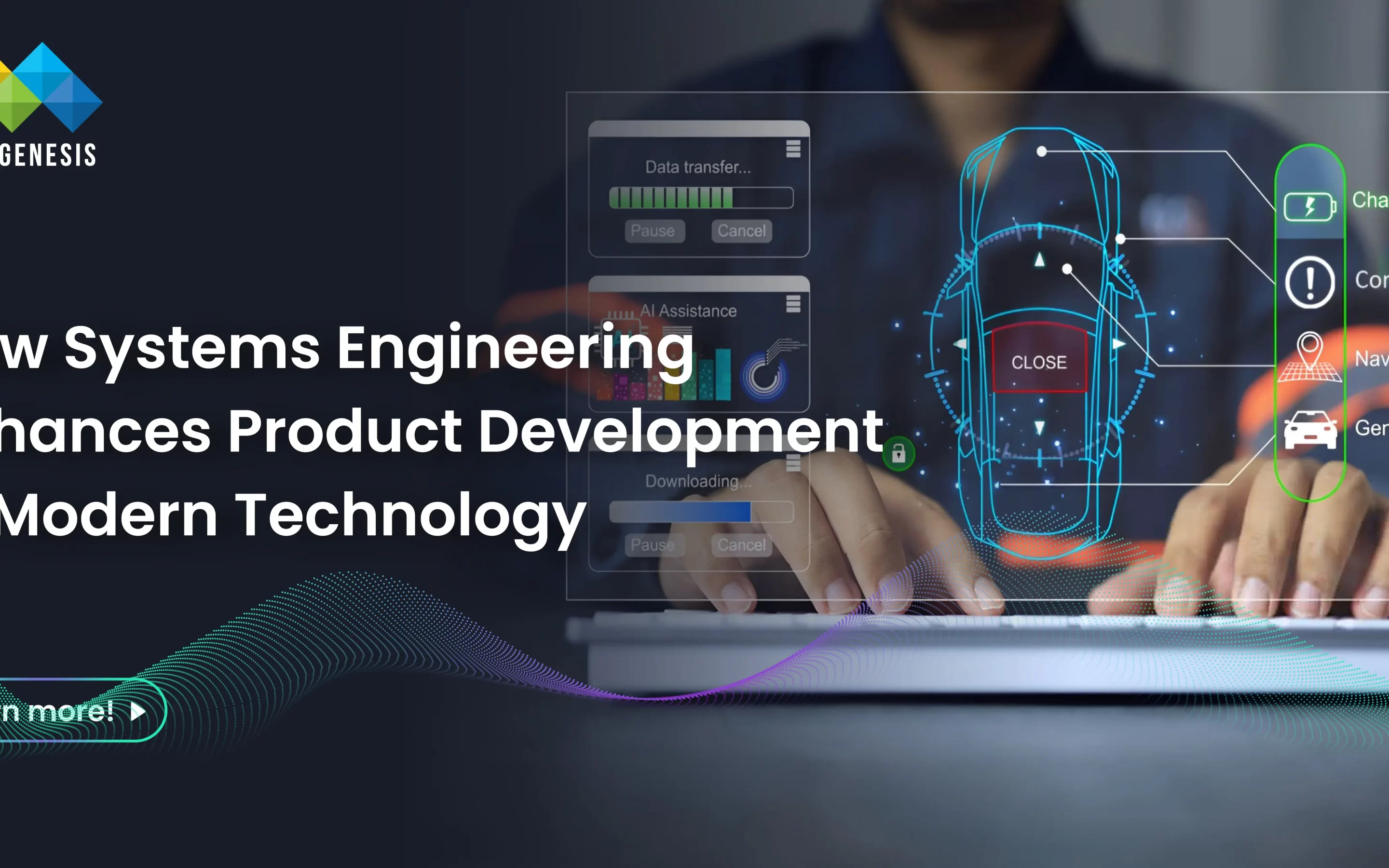In system and software engineering, configuration management (CM) is crucial for maintaining consistency, control, and quality throughout the software development and system lifecycle. It ensures that changes are systematically managed, tracked, and documented, thereby reducing the risk of errors, improving collaboration, and streamlining development processes. This blog will delve into the importance of configuration management, discuss essential tools, and provide best practices to ensure smooth integration and deployment.
What is Configuration Management?
Configuration management is a process of handling changes systematically so that a system maintains its integrity over time. It involves tracking and controlling software or system versions, maintaining configurations, and ensuring that no changes are made without proper authorization and documentation. In essence, CM provides a way to identify and document all components of a system and manage the relationships between them.
In system and software engineering, CM addresses the following key areas:
- Version Control: Tracking different versions of the system or software components.
- Change Management: Managing changes to configurations, features, or components in a structured way.
- Release Management: Coordinating the release of updates and new features.
- Configuration Audits: Ensuring that configurations align with established baselines and requirements.
Importance of Configuration Management in Projects
Configuration management is essential for both small-scale and large-scale projects, especially when multiple teams work on different components simultaneously. Here are key reasons why CM is critical in system and software engineering and integral to effective systems engineering services:
- Maintaining Consistency: As software evolves, managing multiple versions and configurations can become chaotic. CM helps maintain consistency across different environments (development, testing, production) and ensures that all team members are working with the correct version of the code or system.
- Enabling Collaboration: In projects where multiple teams work on different modules, configuration management ensures that changes from one team do not inadvertently break another team’s work. Version control systems like Git help track who made changes, what changes were made, and why.
- Minimizing Errors: Without proper CM, unauthorized or incorrect changes can lead to bugs, system crashes, or security vulnerabilities. CM ensures that all changes are reviewed, tested, and documented, reducing the likelihood of errors.
- Supporting Automation: Configuration management tools integrate well with Continuous Integration (CI) and Continuous Deployment (CD) pipelines, allowing for automated builds, tests, and deployments. This integration leads to faster delivery cycles and more reliable software releases.
- Handling Complexity: As projects grow in complexity, managing dependencies between different software components and systems becomes challenging. CM helps manage this complexity by documenting configurations and ensuring smooth integration of components.
Key Elements of Configuration Management
To fully understand the role of configuration management, let’s look at some of its core components:
1. Version Control
Version Control Systems (VCS) are essential tools in configuration management. They allow developers to track changes to the codebase, collaborate on projects, and revert to previous versions if necessary.
Popular version control tools include:
- Git: A widely used distributed version control system. It allows multiple developers to work on the same project simultaneously, track changes, and merge updates.
- Subversion (SVN): Another version control tool, though less popular than Git, that offers centralized version control.
Best Practices for Version Control:
- Commit Often: Regularly committing changes ensures that progress is saved and helps isolate bugs to smaller, manageable chunks.
- Use Branches: In Git, using branches allows teams to work on new features or bug fixes without affecting the main codebase. This makes collaboration more efficient and less prone to errors.
- Merge Frequently: Frequently merging changes from feature branches to the main branch (and vice versa) helps resolve conflicts early and ensures that new code works well with the existing codebase.
2. Change Management
In any software project, changes to the system or codebase are inevitable. Change Management ensures that all changes are tracked, approved, and tested before they are integrated into the project.
The change management process typically involves:
- Requesting a Change: A developer or stakeholder submits a change request, explaining the purpose and scope of the modification.
- Evaluating the Change: The change is reviewed by a team or manager to assess its impact on the system.
- Approval: If the change is deemed necessary and safe, it is approved for implementation.
- Testing: The change is thoroughly tested to ensure it does not introduce new issues.
- Deployment: Once tested, the change is deployed to the production environment.
Best Practices for Change Management:
- Document Everything: Ensure that every change request is logged and documented, including who requested the change, why it’s needed, and how it was implemented.
- Prioritize Changes: Not all changes are equally urgent. Use a system to prioritize changes based on their impact on the project or product.
- Implement a Rollback Plan: Ensure there is a plan to revert changes if something goes wrong during deployment.
3. Release Management
Release Management involves planning, scheduling, and controlling the movement of releases to test and production environments. Proper release management ensures that releases are smooth, consistent, and free from unnecessary disruptions.
With the help of CI/CD pipelines, release management is often automated. When developers push changes to the main branch, automated scripts can compile, test, and deploy the new code automatically.
Tools for Release Management:
- Jenkins: A popular CI/CD tool that automates the build, test, and deployment process.
- Ansible: An automation tool used for configuration management, application deployment, and task automation.
Best Practices for Release Management:
- Use Automation: Automating repetitive tasks in the release process minimizes human error and speeds up deployment.
- Schedule Regular Releases: Regular, scheduled releases help keep the system updated and prevent large, disruptive deployments.
- Perform Smoke Tests: Always conduct a quick round of basic tests (smoke tests) after each release to ensure that the key functionality of the system is working correctly.
4. Configuration Audits
A configuration audit verifies that a system’s configuration is consistent with the intended baseline. It ensures that all components are up to date and that no unauthorized changes have been made.
Best Practices for Configuration Audits:
- Regular Audits: Perform regular audits to catch configuration drift (when the system’s configuration gradually changes from the baseline).
- Automated Auditing Tools: Use tools like Chef, Puppet, or Ansible to automatically audit and enforce desired configurations.
Tools for Configuration Management
A variety of tools are available to support configuration management in both systems and software engineering. These tools are designed to automate version control, change management, and deployment processes, ensuring smoother and more efficient workflows.
- Git: A distributed version control system used for tracking changes in source code.
- Jenkins: An open-source automation tool that supports CI/CD pipelines for automated testing, building, and deployment.
- Ansible: A powerful automation engine that simplifies tasks such as software configuration, provisioning, and deployment.
- Puppet: A tool for automating the provisioning, configuration, and management of infrastructure.
- Docker: A containerization platform that allows developers to package applications into containers for consistent deployment across different environments.
Ensuring Smooth Integration and Deployment through Effective CM Practices
Effective configuration management is critical for ensuring smooth integration and deployment processes. By implementing proper CM practices, teams can reduce the risk of integration failures, minimize downtime, and ensure the stability of the system throughout the development and production lifecycle.
Here are some key practices for ensuring smooth integration and deployment:
- Automate Deployment: Use CI/CD pipelines to automate deployment and testing, reducing the manual workload and minimizing the chances of human error.
- Integrate Early and Often: Frequently integrating changes into the main codebase helps identify issues early and ensures that different teams’ work remains compatible.
- Monitor Configuration Drift: Regularly audit configurations to ensure that they remain aligned with the baseline, especially after frequent updates or changes.
- Use Containers: Tools like Docker can package applications and their dependencies into containers, ensuring consistent environments from development to production.
Conclusion
Configuration management is essential for successful system and software engineering projects. By implementing practices like version control, change management, and release management, teams can ensure changes are controlled, documented, and deployed with minimal disruption. Leveraging automation tools and CI/CD pipelines further streamlines development, enabling faster delivery of high-quality, reliable software. Effective configuration management reduces errors, enhances collaboration, and ensures the long-term stability and maintainability of software systems.
Microgenesis, as a digital transformation consultant specializing in systems engineering solutions, helps organizations establish robust configuration management practices. Our expertise ensures that your projects benefit from enhanced efficiency, reliability, and sustainable growth in a fast-evolving technological landscape.


